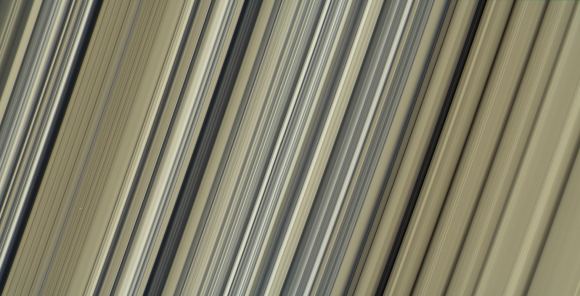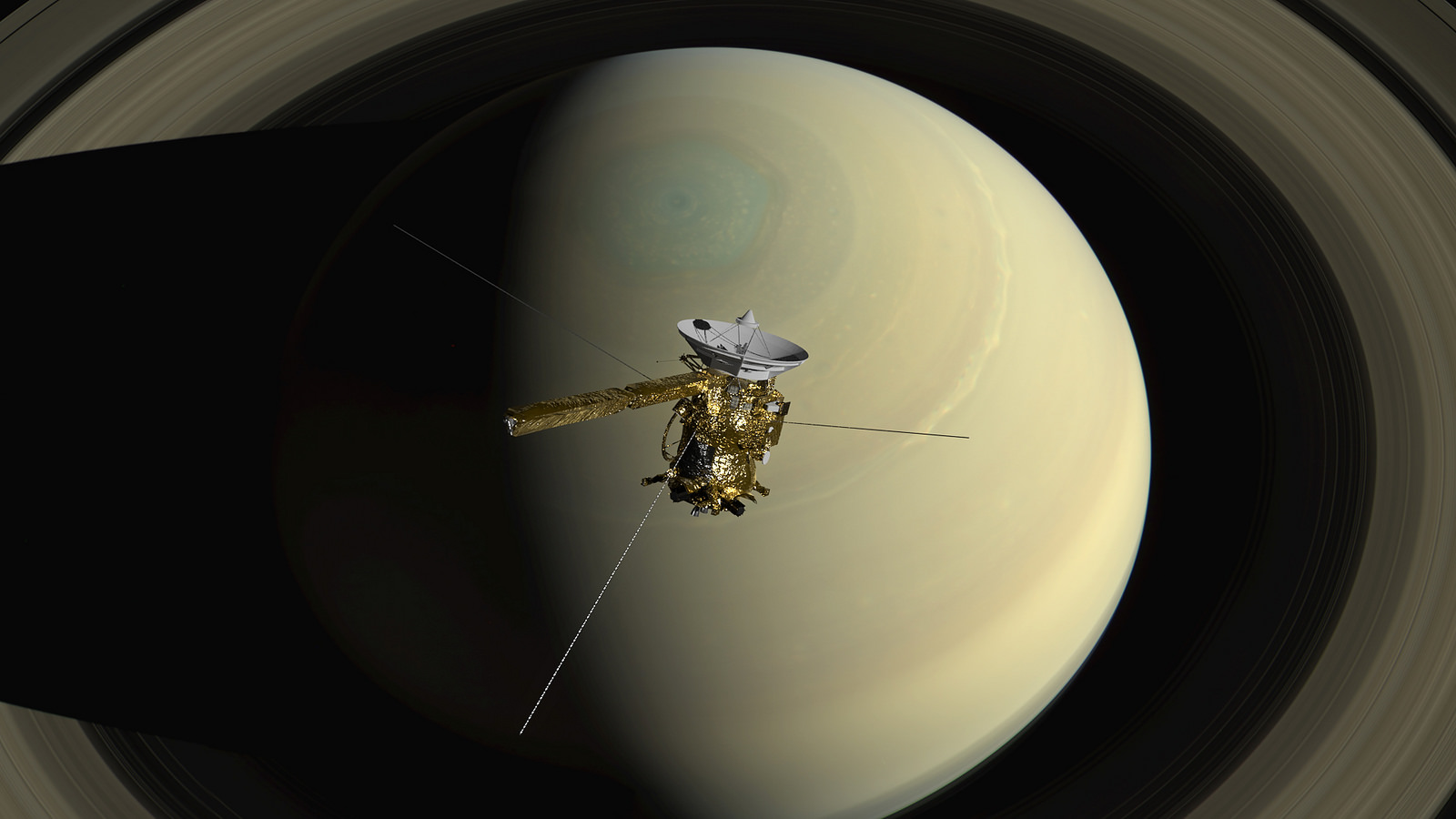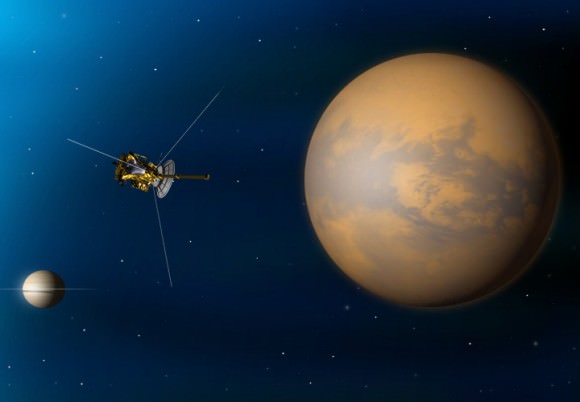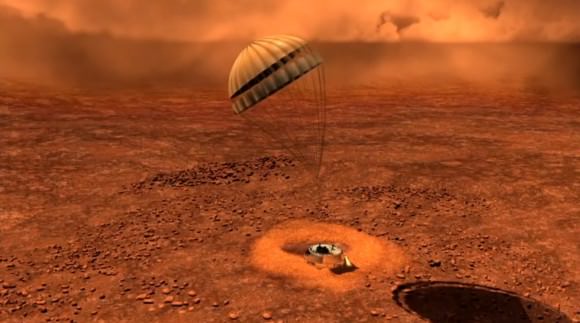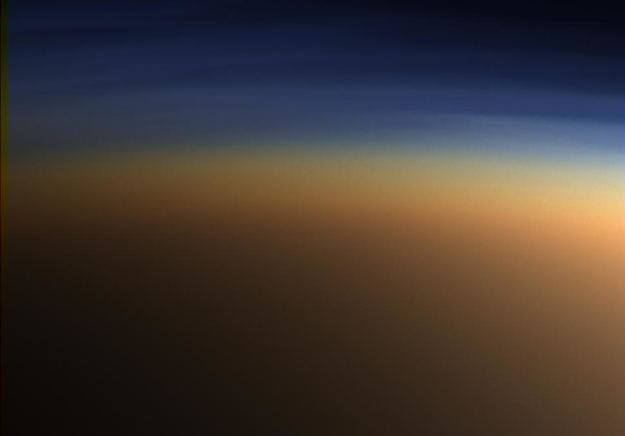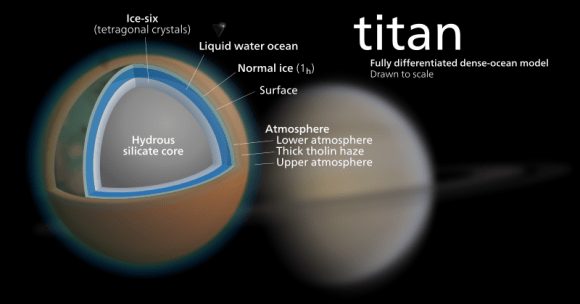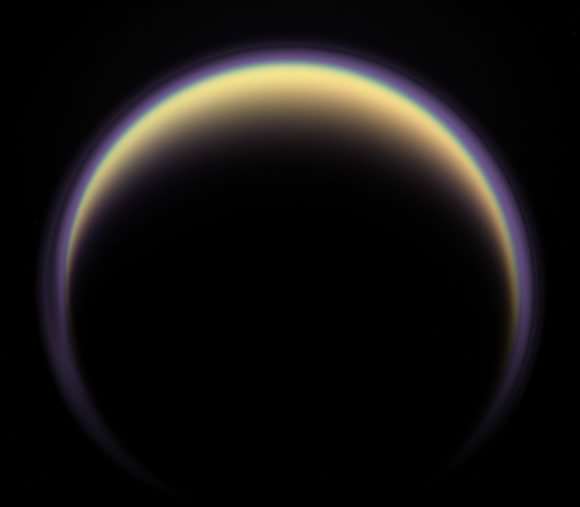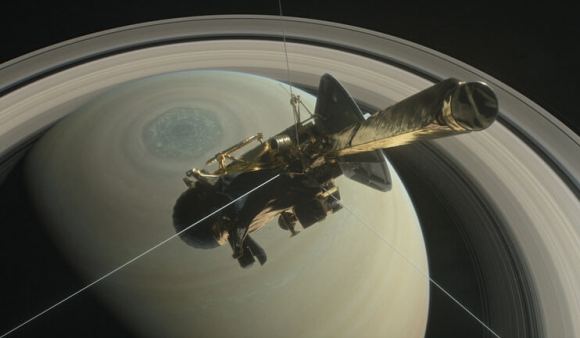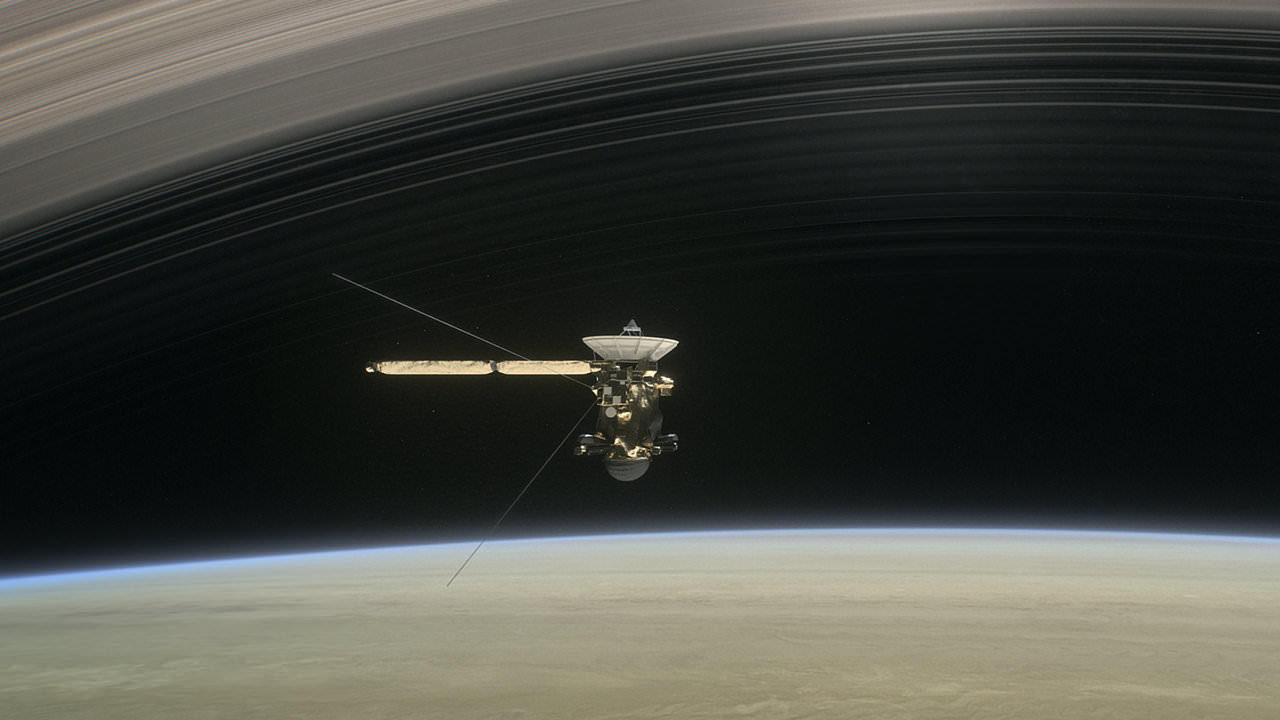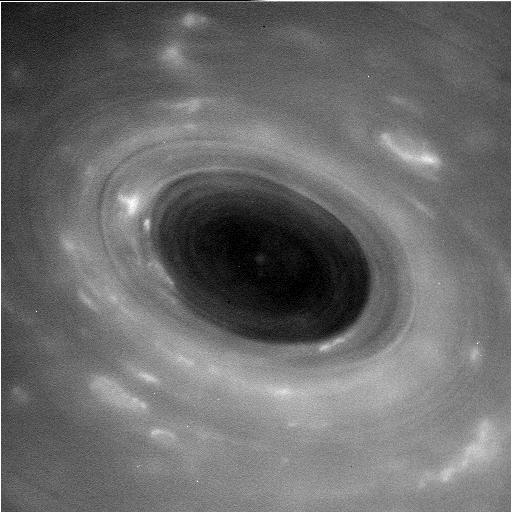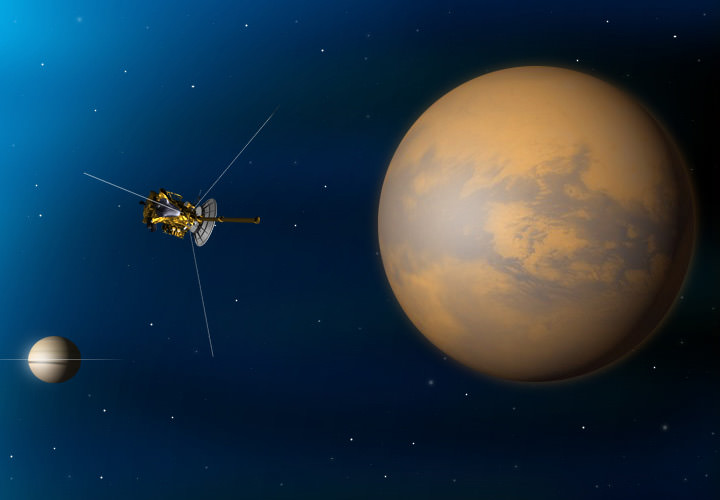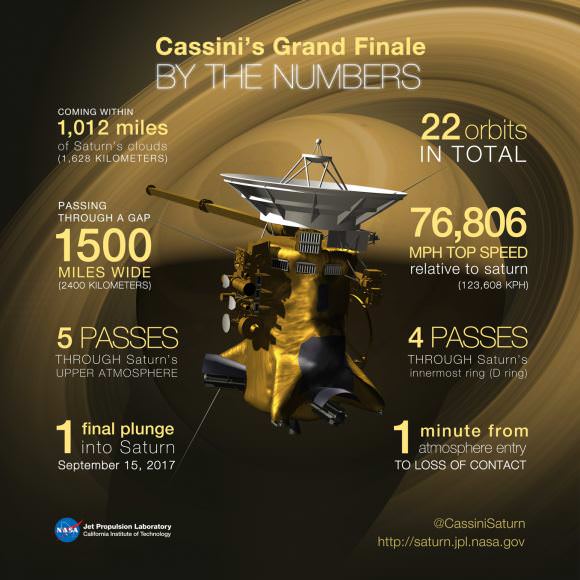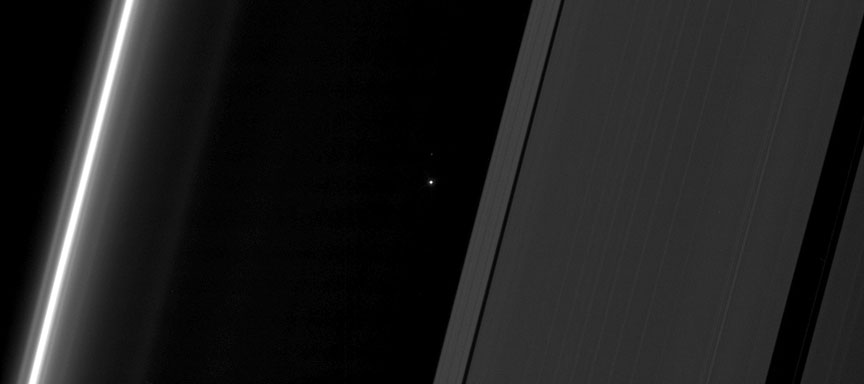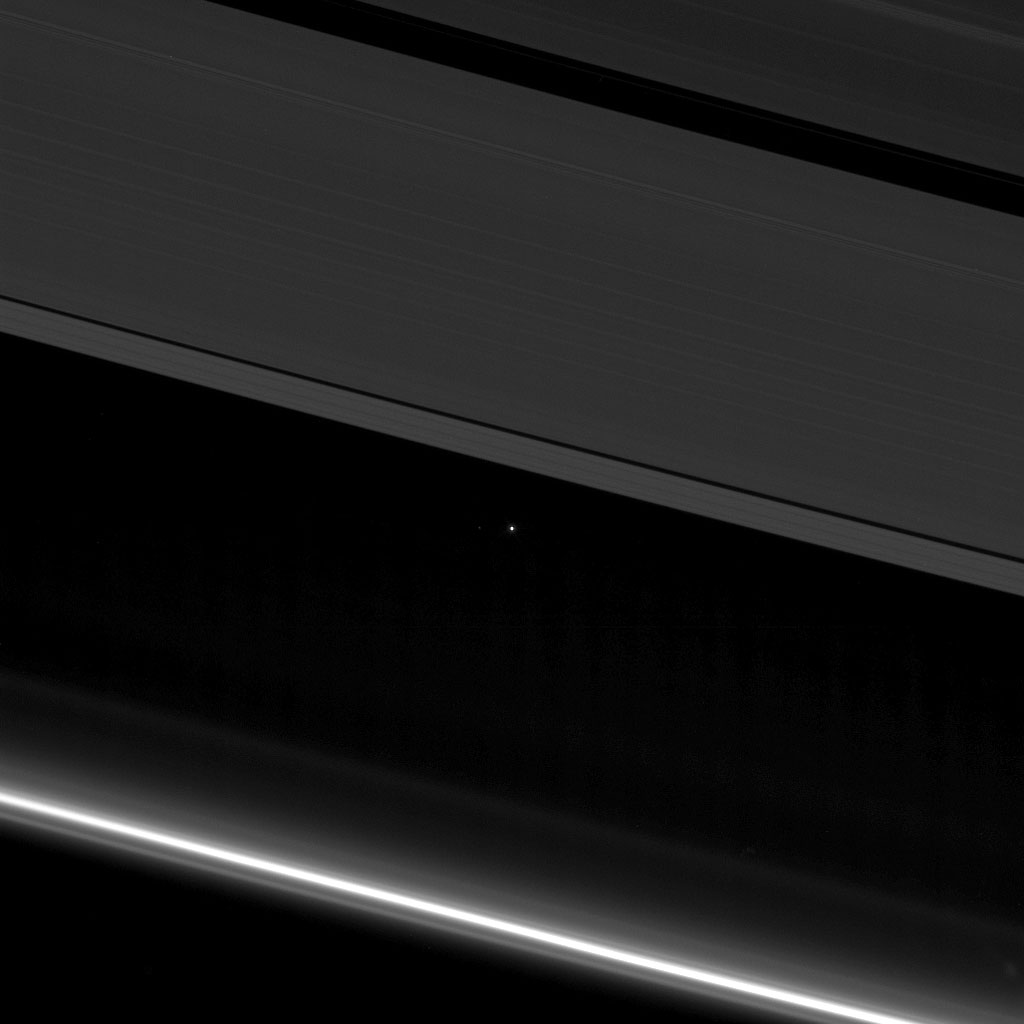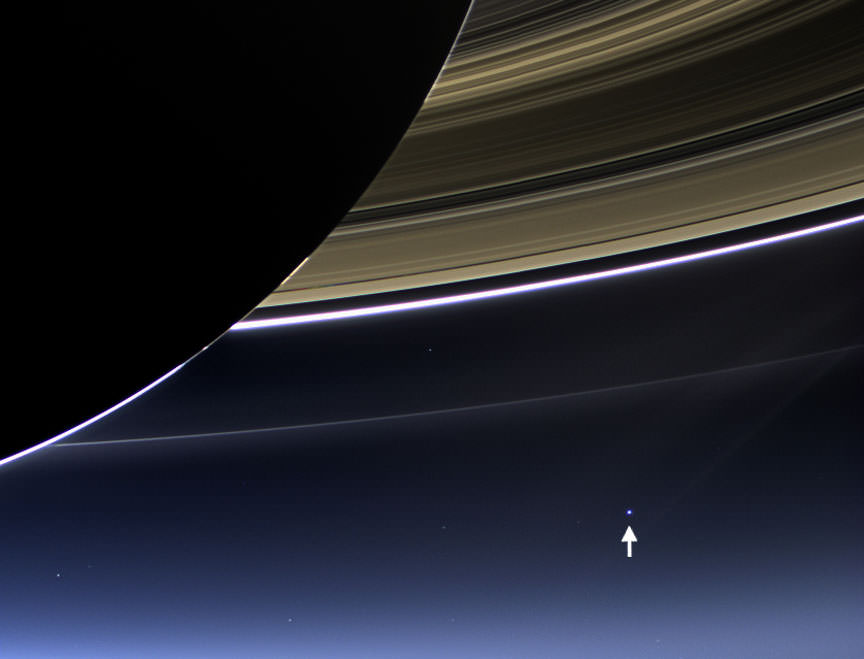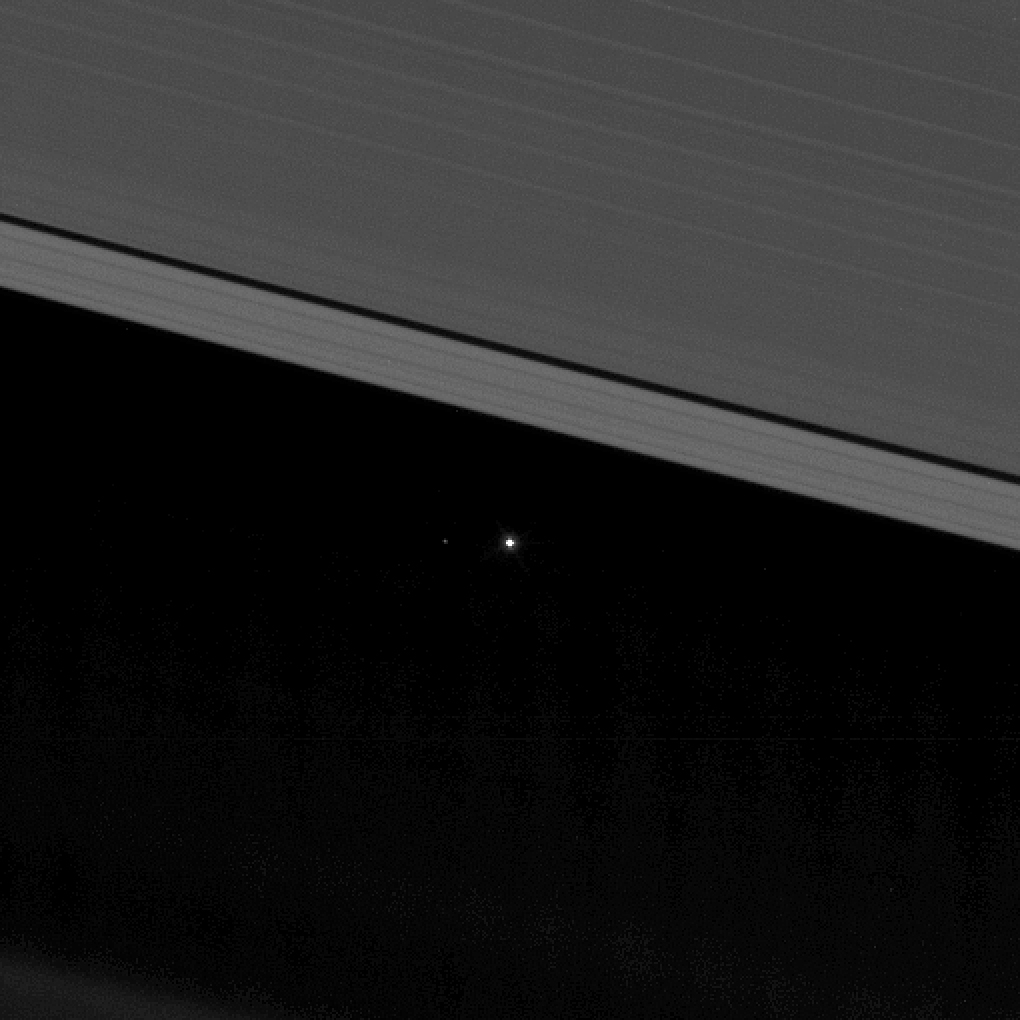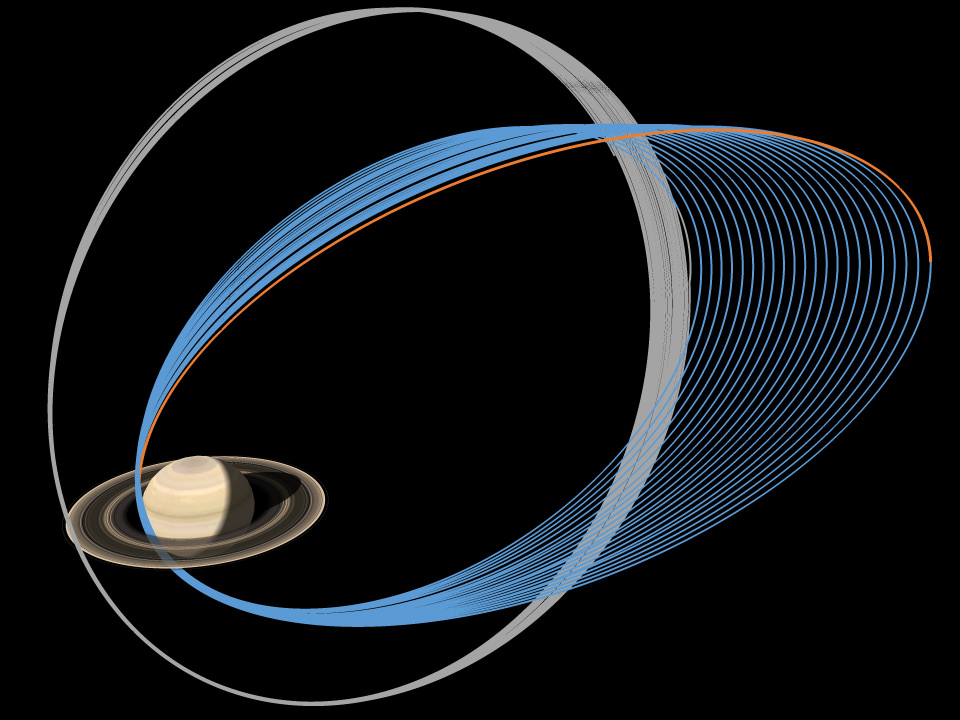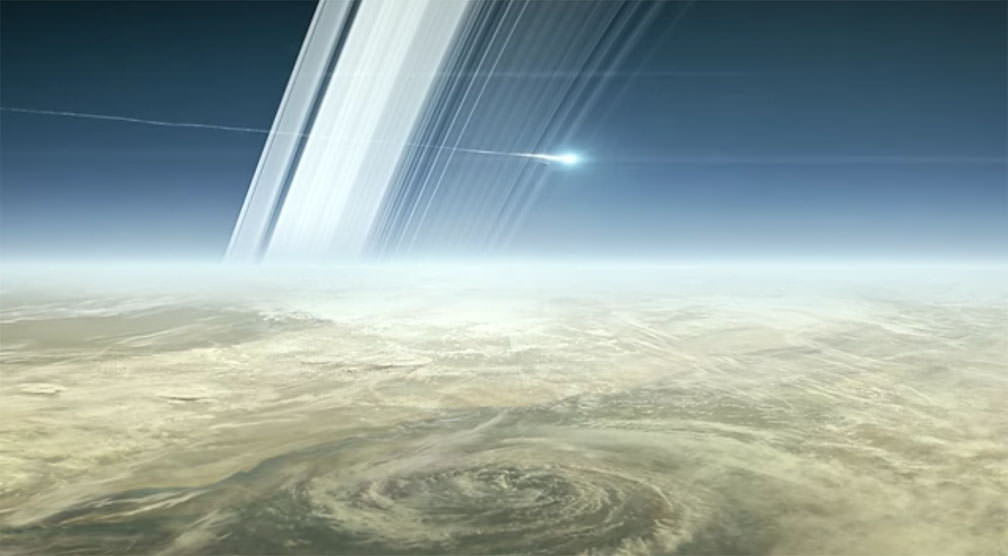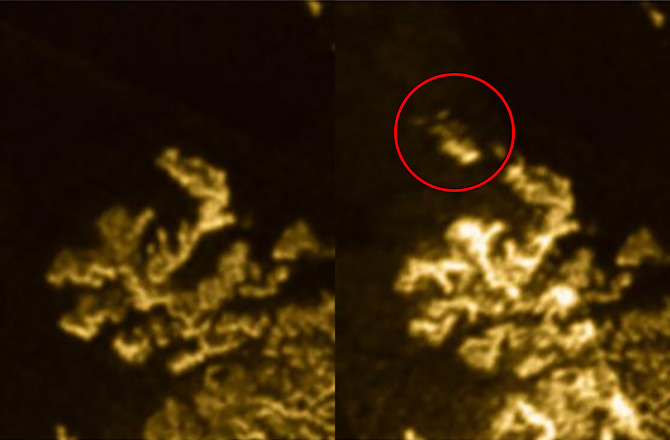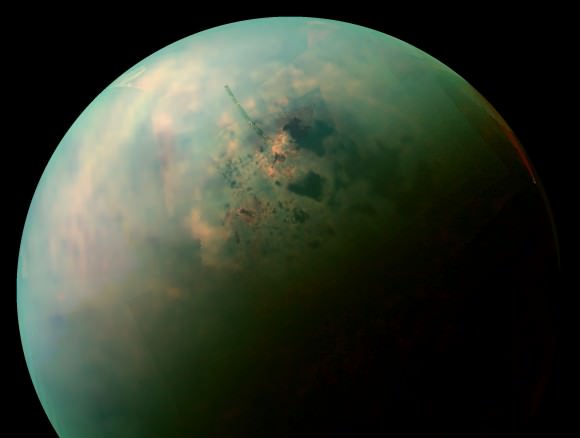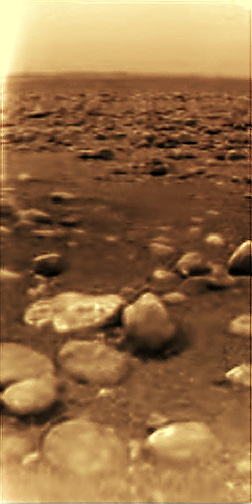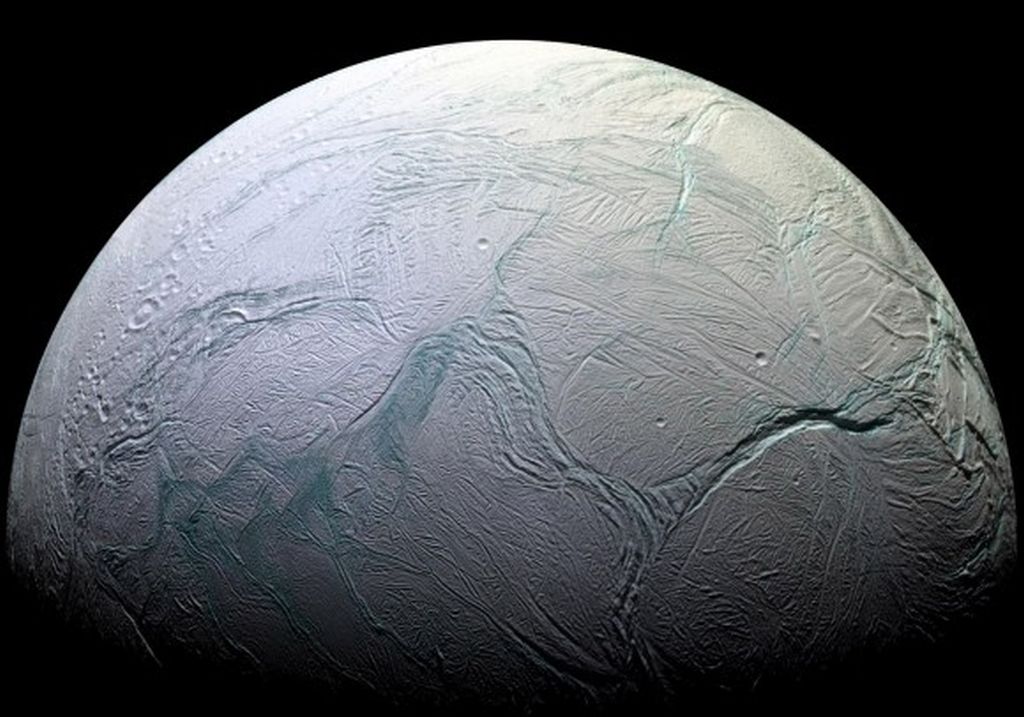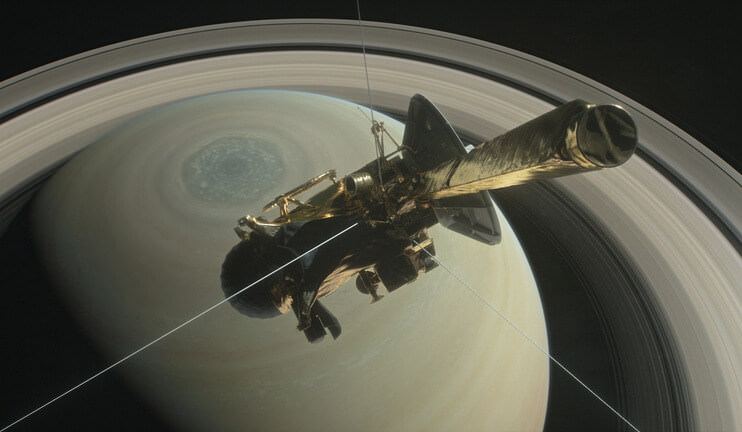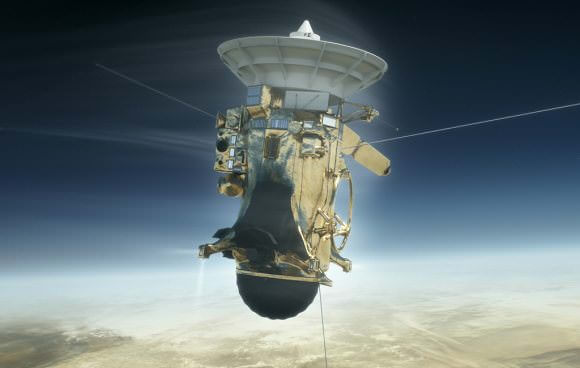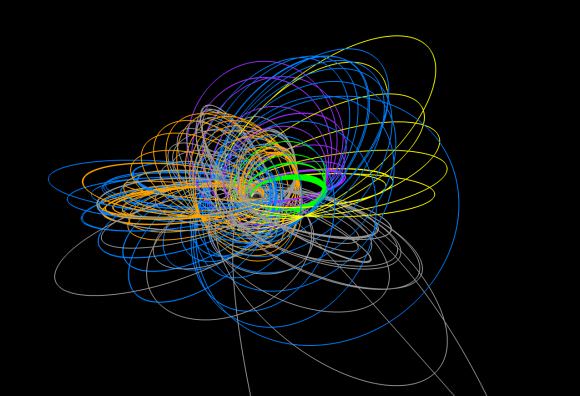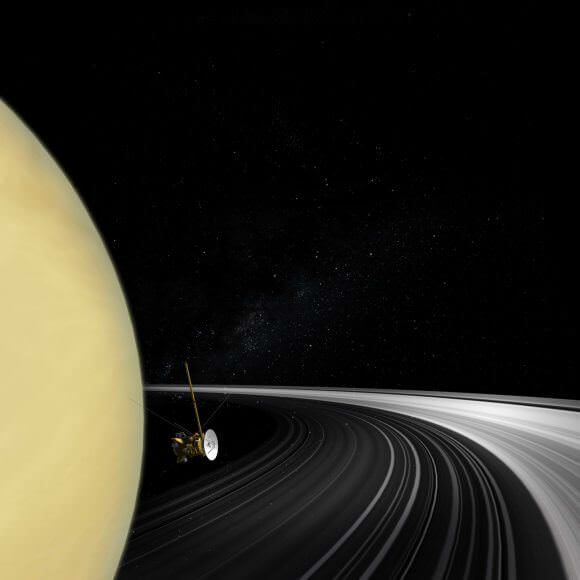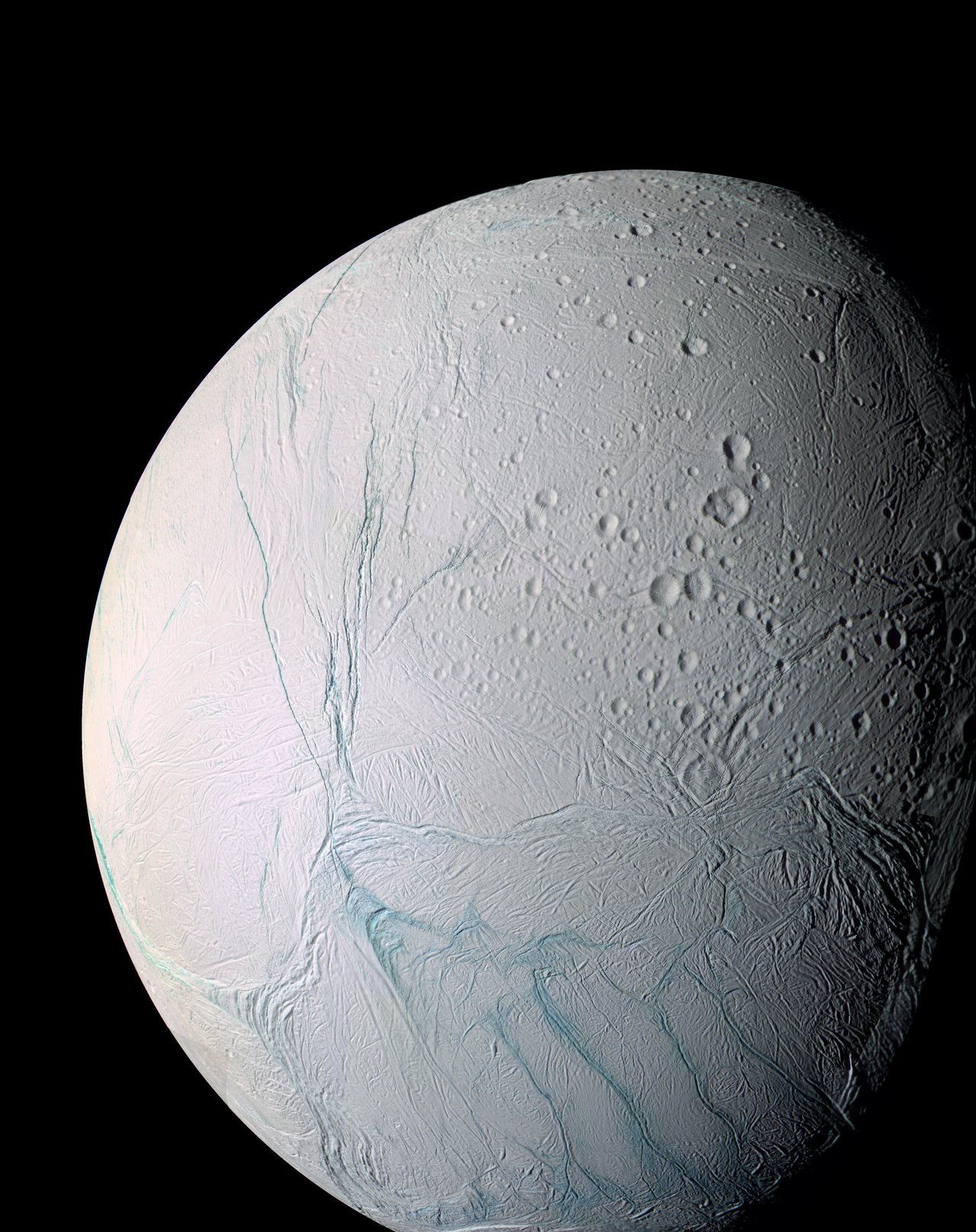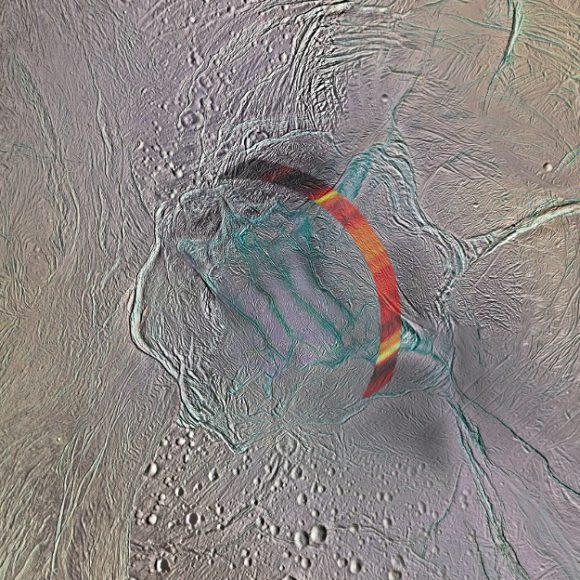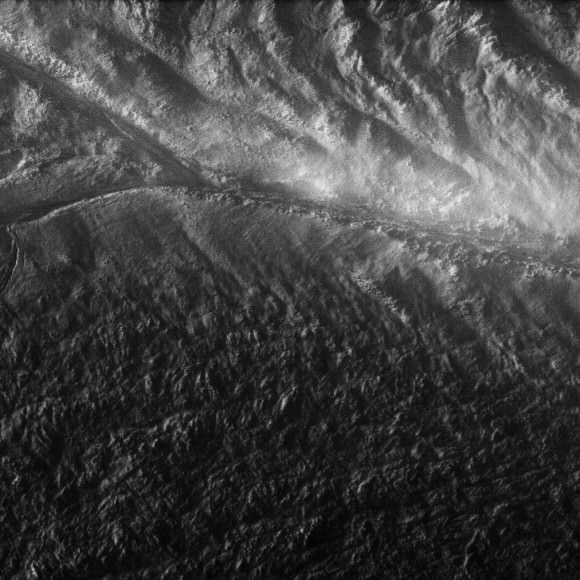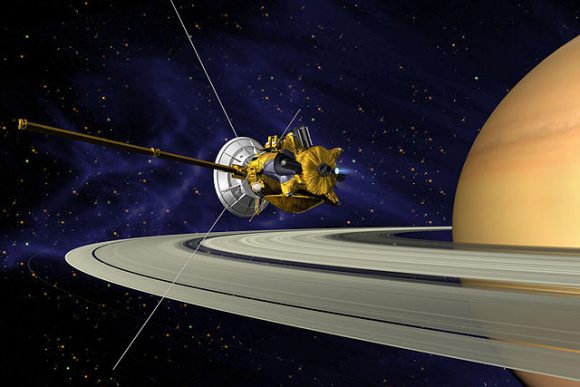“With Cassini, we had a rare opportunity and we seized it,” said Linda Spilker, Cassini Mission Scientist.
And on Friday, September 15, we say goodbye to this incredible spacecraft.
Since 2004, Cassini has been orbiting Saturn, exploring the magnificent gas giant planet while weaving through an incredibly diverse assortment of 60-plus icy moons, and skimming along the edges of the complex but iconic icy rings.
Scan the rings from the inside with @CassiniSaturn on September 9th#CassiniInspires pic.twitter.com/vVxtdtaPZM
— Kevin M. Gill (@kevinmgill) September 11, 2017
Cassini’s findings have revolutionized our understanding of the entire Saturn system, providing intriguing insights on Saturn itself as well as revealing secrets held by moons such as Enceladus, which should be a big iceball but instead is one of the most geothermally active places in our solar system. And thanks to the Huygens lander, we now know Saturn’s largest moon, Titan is eerily Earthlike, but yet totally alien.
“The lasting story of Cassini will likely be its longevity and the monumental amount of scientific discovery,” Cassini Project Manager Earl Maize told me last year. “It was absolutely the right spacecraft in the right place at the right time to capture a huge array of phenomena at Saturn.”
But after 20 years in space, the Cassini spacecraft is running out of fuel, and so Cassini will conduct a sacred act known as ‘planetary protection.’ This self-sacrifice will ensure any potentially habitable moons of Saturn won’t be contaminated sometime in the future if the drifting, unpowered spacecraft were to accidentally crash land there. Microbes from Earth might still be adhering to Cassini, and its RTG power source still generates warmth. It could melt through the icy crust of one of Saturn’s moons, possibly, and reach a subsurface ocean.
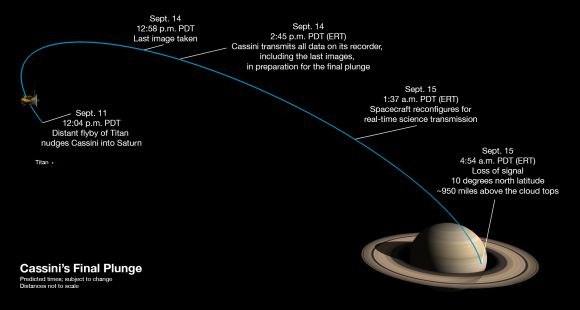
For a mission this big, this long and this unprecedented, it will end in spectacular fashion. Called the Grand Finale — which actually began last spring — Cassini has made 22 close passes through the small gap between Saturn’s cloud tops and the innermost ring. This series of orbits has sent the spacecraft on an inevitable path towards destruction.
And tomorrow, on its final orbit, Cassini will plunge into Saturn’s atmosphere at tens of thousands of kilometers per hour. Like the science-churning machine it has been throughout its mission, Cassini will continue to conduct science observations until the very end, sending back long-sought after data about Saturn’s atmosphere. But eventually, the spacecraft will be utterly destroyed by the gas planet’s heat and pressure. It will burn up like a meteor, and become part of the planet itself.
There’s no real way to sum up this amazing mission in one article, and so I’ll leave some links and information below for you to peruse.
But I’ll also leave you with this: Instead of feeling like the mission is over, I prefer to think of Cassini as living forever, because of all the data it provided that has yet to be studied. Linda Spilker told me this last year:
“In one way,” Spilker said, “the mission will end. But we have collected this treasure trove of data, so we have decades of additional work ahead of us. With this firehose of data coming back basically every day, we have only been able to skim the cream off the top of the best images and data. But imagine how many new discoveries we haven’t made yet! The search for a more complete understanding of the Saturn system continues, and we leave that legacy to those who come after, as we dream of future missions to continue the exploration we began.”
But if you want to say goodbye to Cassini, scientist Sarah Hörst might have suggested the best way to do it:
Maybe step outside in the dark before Fri morning, find Saturn and take a moment to say hello and goodbye to @CassiniSaturn one final time
— Sarah Hörst (@PlanetDr) September 13, 2017
You can watch the live video coverage of Cassini’s end of mission on Friday starting at 7 a.m. EDT. on NASA TV
A Journey’s End: our team members reflect on a historic, international collaboration https://t.co/LYtMIwghLE #GrandFinale #GoodbyeCassini pic.twitter.com/OsDRPGyo43
— CassiniSaturn (@CassiniSaturn) September 11, 2017
NASA has a great “Grand Finale” feature on its website, which is well worth the visit.
NASA also has all sorts of “Grand Finale” images, graphics and videos available here.
Follow the @CassiniSaturn twitter account for the latest info.
Imaging wizard Kevin Gill has put together a “Visions of Cassini” video with a great compilation of images from the mission. Here’s a shorter two minute version:
Or a longer, two and a half hour version!
